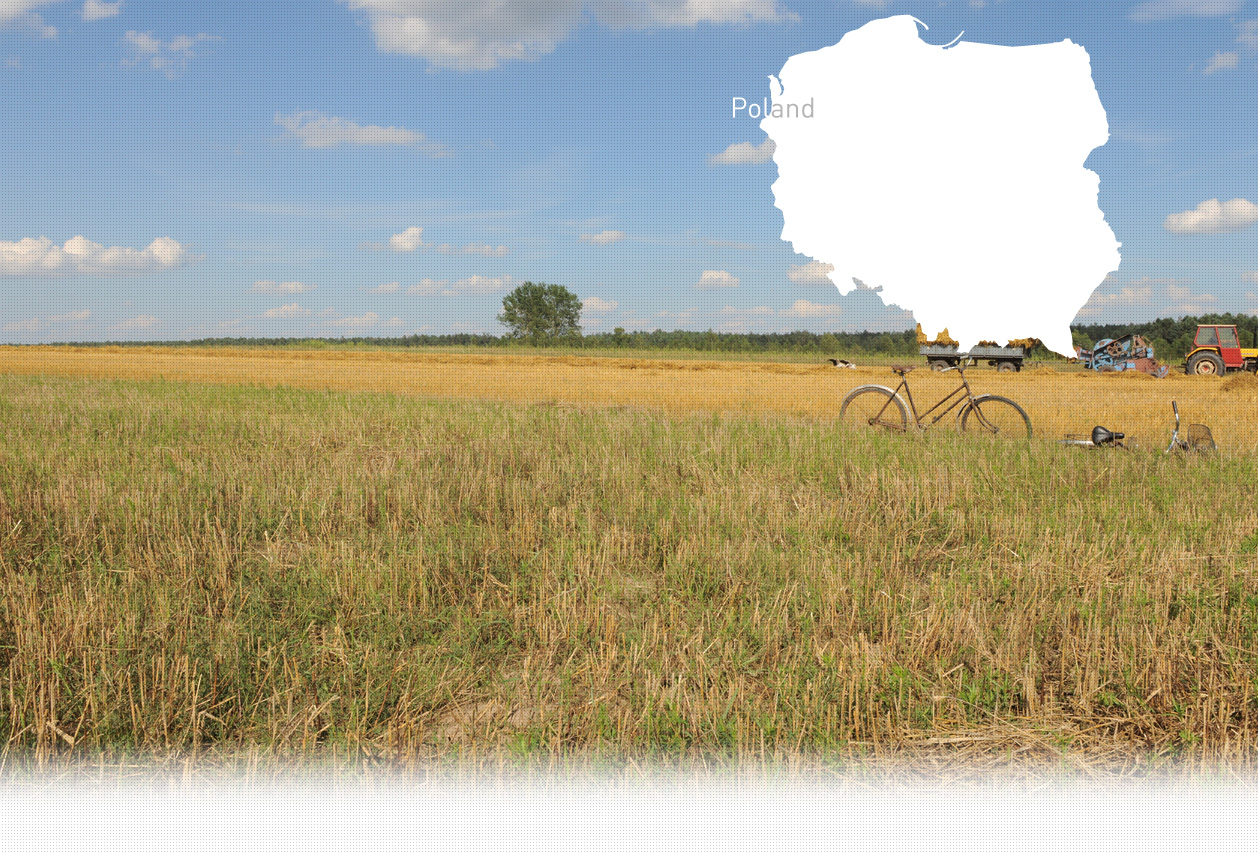

3 Killing site(s)
Roman P., born in 1929, recalls: “There was no mass execution of Jews here, but there were many isolated shootings; the Jews were killed on the streets. They stood in hiding being afraid of Germans. I saw one Jewish woman being killed on that street. That’s why they were afraid to get out in the street. Afterwards, they were all deported.” (Witness n°1036, interviewed in Bodzentyn on May, 31st 2019)
"1/ Date and place of the execution: 1943, next to the synagogue in Bodzentyn.
2/ Type of execution: shooting.
3/ Data concerning the killed people: local Jews and Jews from other towns brought here. About 39 people.
5/ Who conducted the execution: gendarmes from Bieliny. " [Questionnaire on mass executions and mass graves n°233 (Miejscowosc: Bodzentyn; Gmina: Bodzentyn; Powiat: Kielce; Wojewodtzwo: Kielce). RG-15.019M]
Bodzentyn is located 29km north-east of Kielce. The first records about the Jews go back to the second half of the 19th century. Jews were mainly craftsmen. They had a synagogue and their own cemetery. On the eve of WWII, 1,000 Jews lived in Bodzentyn making up the third of the total population.
Bodzentyn was occupied by Germans in September 1939. Straight after the occupation, many refugees arrived or were forcibly displaced to Bodzentyn from such areas as Lodz, Kielce, and Plock. By the end of June 1941, 3,700 Jews remained in the town according to the registration document. Due to overcrowding and bad living conditions, a typhus epidemic broke out at the end of 1941 taking many victims. Starting from 1942, according to a historian Martin Dean it was in Mid-March 1942, an opened ghetto was created. In May 1942 several groups of young Jews fit to work were taken to the Skarzysko-Kamienna labor camp. On July 3-4 1942, a synagogue with several dozen deportees was burned down. The remaining Jews from the ghetto were gathered and deported to Suchedniow; from there they were sent to the death camp in Treblinka where they were gassed soon afterwards. In 1943 about 39 Jews were shot near the synagogue. After the war, their bodies were exhumed and buried at the Jewish cemetery.
Do you have additional information regarding a village that you would like to share with Yahad ?
Please contact us at contact@yahadinunum.org
or by calling Yahad – In Unum at +33 (0) 1 53 20 13 17